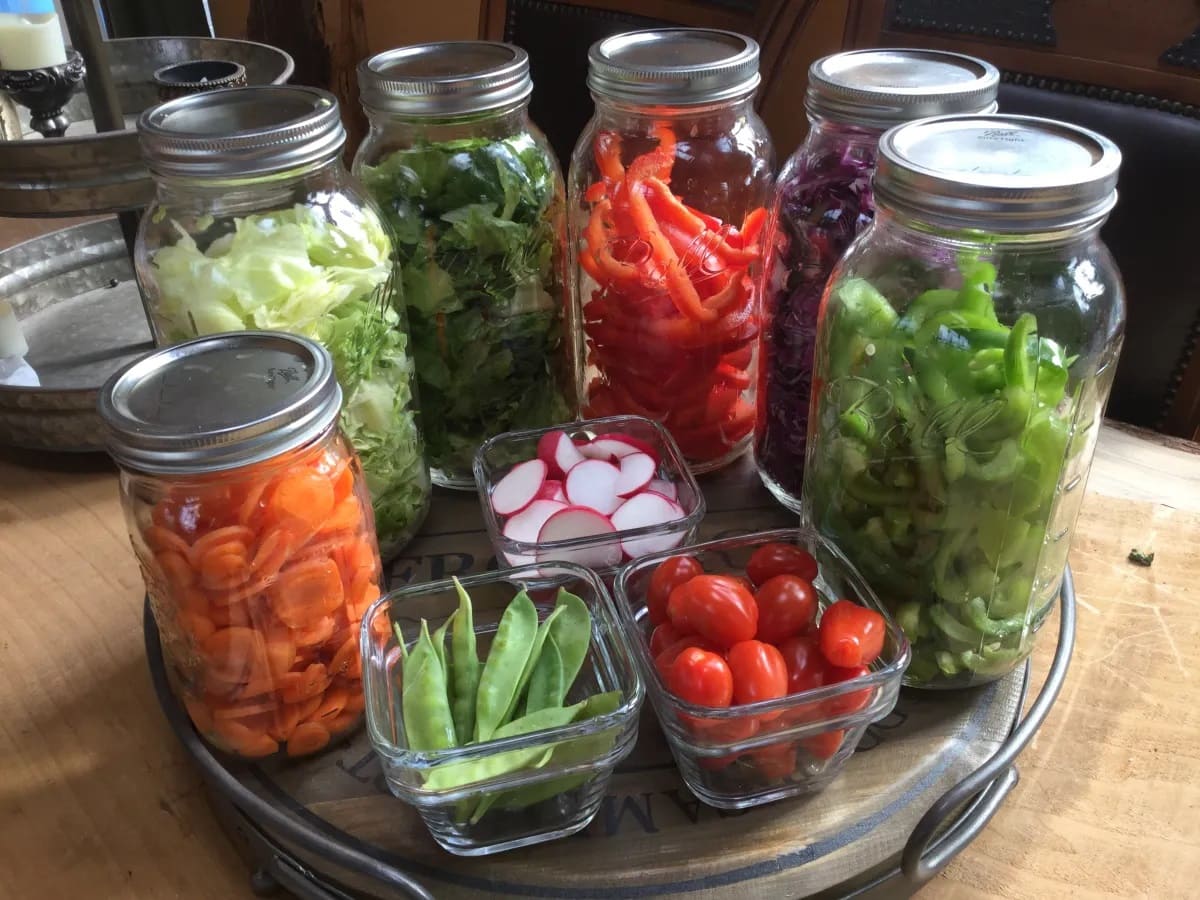

Articles
How To Store Cut Vegetables
Modified: December 7, 2023
Learn how to store cut vegetables effectively with these helpful articles. Keep your produce fresh and prevent waste with these tips and tricks.
(Many of the links in this article redirect to a specific reviewed product. Your purchase of these products through affiliate links helps to generate commission for Storables.com, at no extra cost. Learn more)
Introduction
When it comes to healthy eating, incorporating fresh vegetables into our diet is essential. However, the thought of preparing vegetables can often be time-consuming and overwhelming. That’s why many people choose to cut their vegetables in advance, saving them precious time during busy weekdays or meal prep sessions. But once the vegetables are cut, what’s the best way to store them to ensure they remain fresh and flavorful?
In this article, we will explore the best practices for storing cut vegetables to maintain their quality, taste, and nutritional value. By following these guidelines, you can minimize waste, maximize convenience, and enjoy the benefits of pre-cut vegetables without compromising on flavor or freshness.
Key Takeaways:
- Store cut vegetables in airtight containers, separate different types, and label with dates to maintain freshness and prevent cross-contamination. Manage moisture levels and follow proper temperature guidelines for optimal storage.
- Revive wilted cut vegetables with ice water baths, soaking, misting, or refrigeration. Understand storage times for different vegetables to plan meal prep effectively and minimize waste.
Read more: How To Store Cut Celery
Best Practices for Storing Cut Vegetables
Properly storing cut vegetables is essential to maintain their quality and prevent spoilage. Here are some best practices to follow:
- Wash Before Cutting: It’s important to wash vegetables before cutting them to remove dirt, pesticides, and other contaminants. This ensures that the cut vegetables are clean and safe to consume.
- Remove Excess Moisture: After washing, pat the vegetables dry using a clean kitchen towel or paper towels. Excess moisture can lead to bacterial growth and make the vegetables go bad faster.
- Use Airtight Containers: Invest in airtight containers or resealable plastic bags to store cut vegetables. These containers help maintain the freshness of the vegetables and prevent them from drying out.
- Separate Different Vegetables: Avoid storing different types of vegetables together. Vegetables like onions and garlic release gases that can cause nearby vegetables to spoil faster. Keep them separate to ensure their flavors and freshness remain intact.
- Label and Date: To keep track of storage times and ensure you use the oldest vegetables first, label the containers or bags with the date when the vegetables were cut. This helps you maintain a rotation system and avoid any vegetables becoming forgotten at the back of the fridge.
By following these practices, you can extend the shelf life of your cut vegetables and enjoy their freshness for longer periods.
Proper Storage Containers
Choosing the right storage containers for cut vegetables is crucial to maintain their freshness and prevent spoilage. Here are some tips for selecting the proper containers:
- Airtight Containers: Opt for airtight containers that have a tight-fitting lid. This helps to seal in the freshness and prevent air from entering, which can cause vegetables to oxidize and deteriorate quickly.
- Glass Containers: Consider using glass containers instead of plastic ones. Glass containers are non-reactive, which means they won’t absorb odors or flavors from the vegetables. They are also microwave-safe, making it convenient to reheat the vegetables when needed.
- Resealable Plastic Bags: If you prefer using plastic bags, make sure they are specifically designed for storing food. These bags should have a seal that is easy to open and close without compromising their airtightness.
- Stackable Containers: Look for containers that are stackable to save space in your refrigerator. This makes it easier to organize and locate specific vegetables when needed.
- Transparent Containers: Opt for transparent containers, as they allow you to see the contents without having to open them. This helps you quickly identify the vegetables and avoid unnecessary exposure to air.
Remember to clean and dry your containers thoroughly before storing cut vegetables. This helps to prevent the growth of bacteria and maintain the freshness of the vegetables for longer periods.
The Importance of Temperature
Temperature plays a vital role in preserving the quality and safety of cut vegetables. The right temperature can slow down the growth of bacteria while maintaining the freshness and texture of the vegetables. Here are some key points to keep in mind:
Refrigeration: Cut vegetables should be stored in the refrigerator to maintain a cool and controlled environment. The ideal temperature for vegetable storage is between 32°F (0°C) and 40°F (4°C). This range helps to slow the growth of bacteria and extends the shelf life of the vegetables.
Chilled Storage: If possible, store cut vegetables in the coldest part of your refrigerator, such as the crisper drawer or bottom shelf. This area tends to have a slightly lower temperature, providing optimal conditions for vegetable storage.
Avoid Freezing: While freezing can help extend the shelf life of some vegetables, it is generally not recommended for cut vegetables. Freezing can cause cell damage and alter the texture and taste of the vegetables, resulting in a mushy and less appealing end product.
Consistent Temperature: Ensure that your refrigerator maintains a consistent temperature. Fluctuations in temperature can promote bacterial growth and cause vegetables to spoil more quickly. Use a refrigerator thermometer to monitor and adjust the temperature as needed.
Transportation: If you need to transport cut vegetables, use an insulated cooler bag with ice packs or frozen gel packs. This helps to maintain a consistent cool temperature and prevent the vegetables from wilting or spoiling during transport.
By paying attention to the temperature and storing cut vegetables at the appropriate temperatures, you can ensure their quality and safety while maximizing their freshness and flavor.
Managing Moisture Levels
Moisture is a crucial factor to consider when storing cut vegetables. Excess moisture can lead to bacterial growth and accelerate spoilage, while insufficient moisture can cause the vegetables to wilt and dry out. Here are some tips for managing moisture levels:
Remove Excess Moisture: After washing the vegetables, it’s important to remove any excess moisture. Use a clean kitchen towel or paper towels to gently pat the vegetables dry. This helps to prevent water accumulation and maintain the integrity of the vegetables.
Drain Cut Vegetables: If you’re rinsing the cut vegetables before storage, allow them to drain properly. Excess water that accumulates in the storage container can create a humid environment, promoting the growth of bacteria and causing the vegetables to spoil faster.
Use Moisture-Absorbing Materials: To control moisture levels, you can place moisture-absorbing materials like paper towels or a layer of clean, dry cloth at the bottom of the storage container. These materials will help to absorb excess moisture and maintain the crispness of the vegetables.
Replace Moisture-Absorbing Materials: Make sure to periodically check and replace the moisture-absorbing materials inside the storage container. If they become saturated, they may not be effective in managing moisture levels anymore.
Avoid Wet Vegetables: When storing cut vegetables, ensure that they are completely dry. Wet vegetables can introduce excess moisture and increase the risk of bacterial growth. Before storing, make sure the vegetables are thoroughly dry, especially leafy greens like lettuce and spinach.
Don’t Pre-Wash Leafy Greens: For leafy greens like lettuce and spinach, it’s best to avoid pre-washing them before storage. The additional moisture can cause the leaves to become limp and wilt faster. Instead, wash them just before using to maintain their freshness.
By managing moisture levels effectively, you can keep your cut vegetables fresh, crunchy, and safe for consumption for an extended period.
Store cut vegetables in airtight containers or resealable bags in the refrigerator to keep them fresh. Adding a paper towel to absorb excess moisture can help extend their shelf life.
Read more: How To Store Cut Fruit
Avoiding Cross-Contamination
Cross-contamination is a significant concern when it comes to storing cut vegetables. It occurs when bacteria from one type of food transfers to another, increasing the risk of foodborne illnesses. Here are some essential tips to avoid cross-contamination:
Separate Cutting Boards: Use separate cutting boards for different types of vegetables, especially if you are cutting raw meats or poultry. Using separate cutting boards helps prevent cross-contamination between vegetables and potentially harmful bacteria from raw meats.
Clean Surfaces and Utensils: Clean and sanitize all surfaces, cutting boards, and utensils thoroughly before and after cutting different types of vegetables. This helps eliminate any potential bacteria that may be present and reduces the risk of cross-contamination.
Prevent Contact with Raw Meats: Ensure that cut vegetables do not come into direct contact with raw meats or their juices. Place raw meats on a separate shelf in the refrigerator or store them in a sealed container to prevent any accidental contact or leakage.
Store Cut Vegetables on Upper Shelves: Whenever possible, store cut vegetables on upper shelves in the refrigerator. This prevents any liquid or dripping from raw meats stored on lower shelves from contaminating the vegetables.
Clean Hands: Practice good hand hygiene by washing your hands thoroughly before and after handling different types of food. This helps reduce the risk of transferring bacteria from your hands to the vegetables.
Use Clean Containers: Ensure that the containers or bags used to store cut vegetables are clean and sanitiz
Storage Times for Different Vegetables
Each type of vegetable has different storage requirements. Understanding the ideal storage times for different vegetables can help you plan your meal prep and ensure that you consume them at their freshest. Here are some general guidelines:
Leafy Greens: Vegetables like lettuce, spinach, kale, and arugula are best consumed within 3-5 days. To prolong their freshness, store them in a container lined with a paper towel to absorb excess moisture.
Root Vegetables: Root vegetables such as carrots, beets, radishes, and potatoes have a longer storage life. They can be stored for 1-2 weeks in a cool and dark place, like a cellar or pantry. Make sure to remove any greens attached to the root vegetables before storage.
Cruciferous Vegetables: Vegetables like broccoli, cauliflower, and cabbage can be kept for up to a week when stored in a plastic bag or airtight container in the refrigerator. However, it’s best to consume them as soon as possible to retain their flavor and nutritional content.
Tomatoes: Tomatoes should ideally be stored at room temperature, away from direct sunlight. If they are ripe, they can be refrigerated for a few days, but their texture may be affected. For best flavor, it’s recommended to use tomatoes within 2-3 days.
Peppers: Bell peppers and chili peppers can be stored in a cool and dry place for about a week. If you’ve cut into a pepper, it’s best to store the remaining portion in the refrigerator and use it within 2-3 days.
Onions and Garlic: Onions and garlic can be stored in a dry and well-ventilated area, such as a pantry or countertop, for several weeks to months. Once cut, store them in an airtight container in the refrigerator and use them within a week.
Cucumbers: Cucumbers are best stored in the refrigerator, unwashed and in the original packaging, for up to a week. If you’ve cut into a cucumber, wrap the remaining portion tightly in plastic wrap to retain its moisture and use it within a few days.
It’s important to note that these are general storage times, and the freshness of vegetables can vary depending on their quality and ripeness. Always use your judgment and inspect the vegetables for any signs of spoilage before consuming them.
Reviving Wilted Cut Vegetables
It can be disheartening to discover that your cut vegetables have become wilted and limp. However, there are ways to revive them and bring back their crispness and freshness. Here are some methods to help revive wilted cut vegetables:
Ice Water Bath: Submerge the wilted vegetables in a bowl of ice water for about 15-20 minutes. This process helps to rehydrate the vegetables and restore their crispness. After the ice water bath, pat them dry before using or storing them.
Soaking in Water: If you don’t have ice, you can soak the vegetables in cold water instead. Allow them to soak for about 1-2 hours. This method helps rehydrate the vegetables, improving their texture and appearance.
Mist with Water: If you have just a few wilted vegetable pieces, you can lightly mist them with water using a spray bottle. This helps to add moisture to the vegetables and revive them. After misting, refrigerate the vegetables for at least an hour before using.
Crisper Drawer: Place the wilted vegetables in the crisper drawer of your refrigerator. The high humidity in the crisper drawer can help to revive the vegetables and restore their crispness. Leave them in the drawer for a few hours or overnight before using.
Stir-fry or Cook: If the vegetables are too wilted to be consumed raw, consider stir-frying or cooking them. Sautéing them in a hot pan with some oil can help to freshen them up and make them more palatable. This method works well for vegetables like bell peppers, carrots, and broccoli.
It’s worth noting that while these methods can help revive wilted cut vegetables to some extent, they may not completely restore their original freshness. Therefore, it’s always best to store cut vegetables properly to maintain their crispness and flavor from the start.
Conclusion
Properly storing cut vegetables is essential to maintain their freshness, flavor, and nutritional value. By following the best practices outlined in this article, you can extend the shelf life of your cut vegetables and enjoy their convenience without compromising on quality.
Remember to use airtight containers or resealable bags to store your cut vegetables. Keep different types of vegetables separated to avoid cross-contamination, and label and date your containers to ensure you use the oldest vegetables first. Pay attention to temperature by refrigerating your cut vegetables at the optimal temperature range, and manage moisture levels by removing excess moisture and using moisture-absorbing materials.
Understanding the storage times for different vegetables is crucial to plan your meal prep effectively and minimize waste. And if you find that your cut vegetables have become wilted, don’t despair! Try reviving them using ice water baths, soaking, misting, or using the crisper drawer. Additionally, consider stir-frying or cooking them if they are too wilted to be consumed raw.
By implementing these practices, you can enjoy the convenience of pre-cut vegetables while ensuring that they remain fresh, crisp, and full of nutrients. So go ahead and embrace the world of cut vegetables, and elevate your meal planning and preparation to a whole new level!
Frequently Asked Questions about How To Store Cut Vegetables
Was this page helpful?
At Storables.com, we guarantee accurate and reliable information. Our content, validated by Expert Board Contributors, is crafted following stringent Editorial Policies. We're committed to providing you with well-researched, expert-backed insights for all your informational needs.
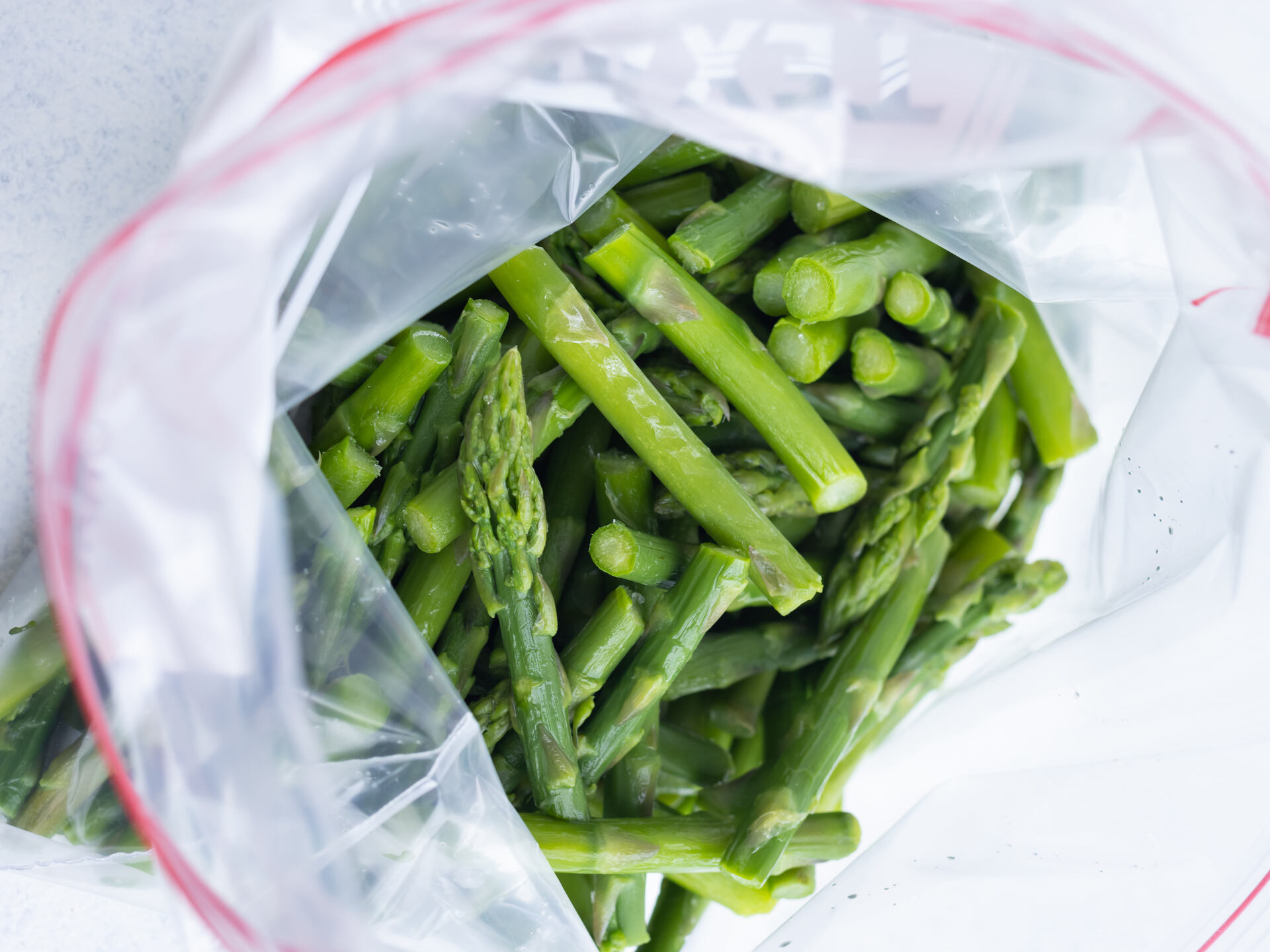
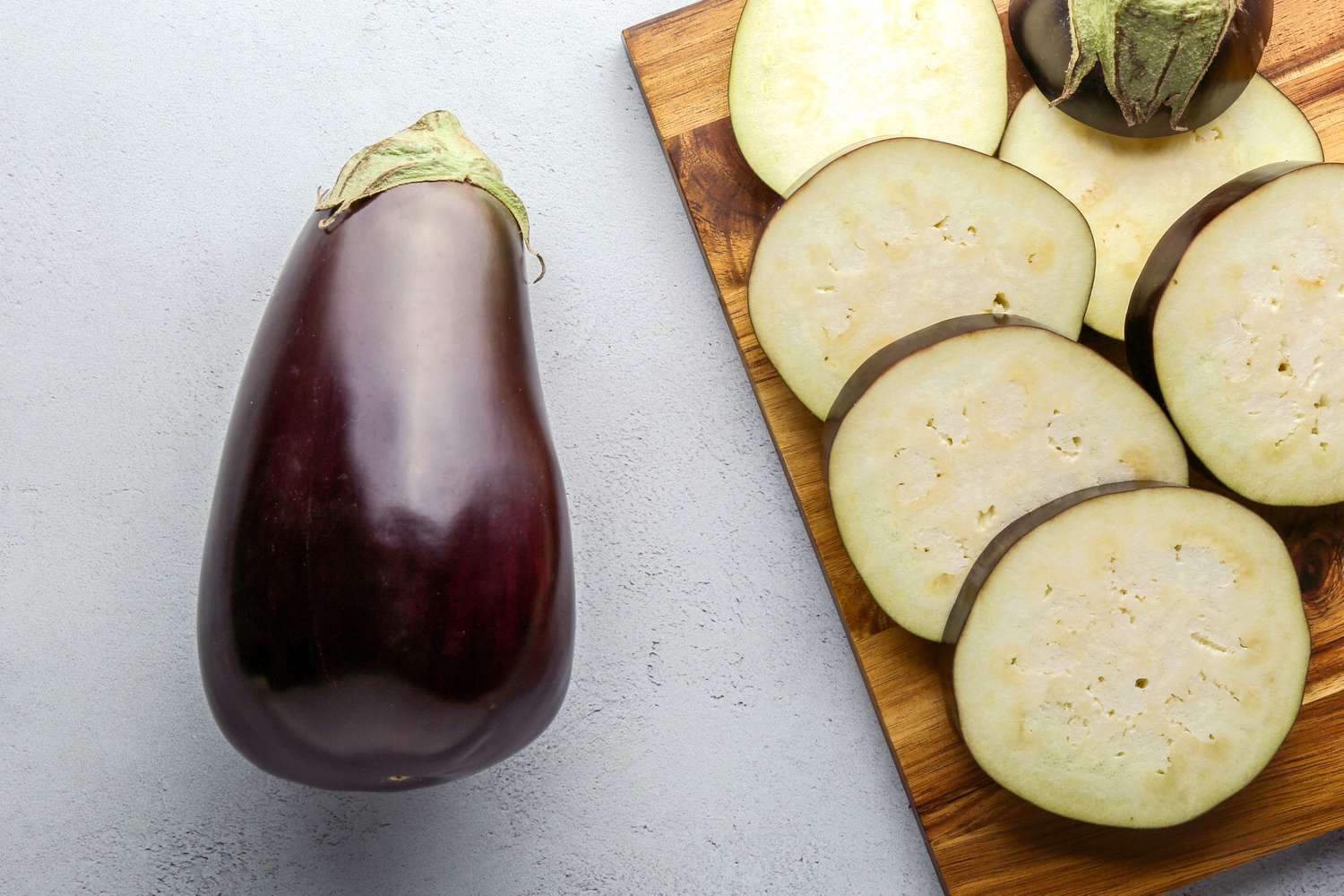
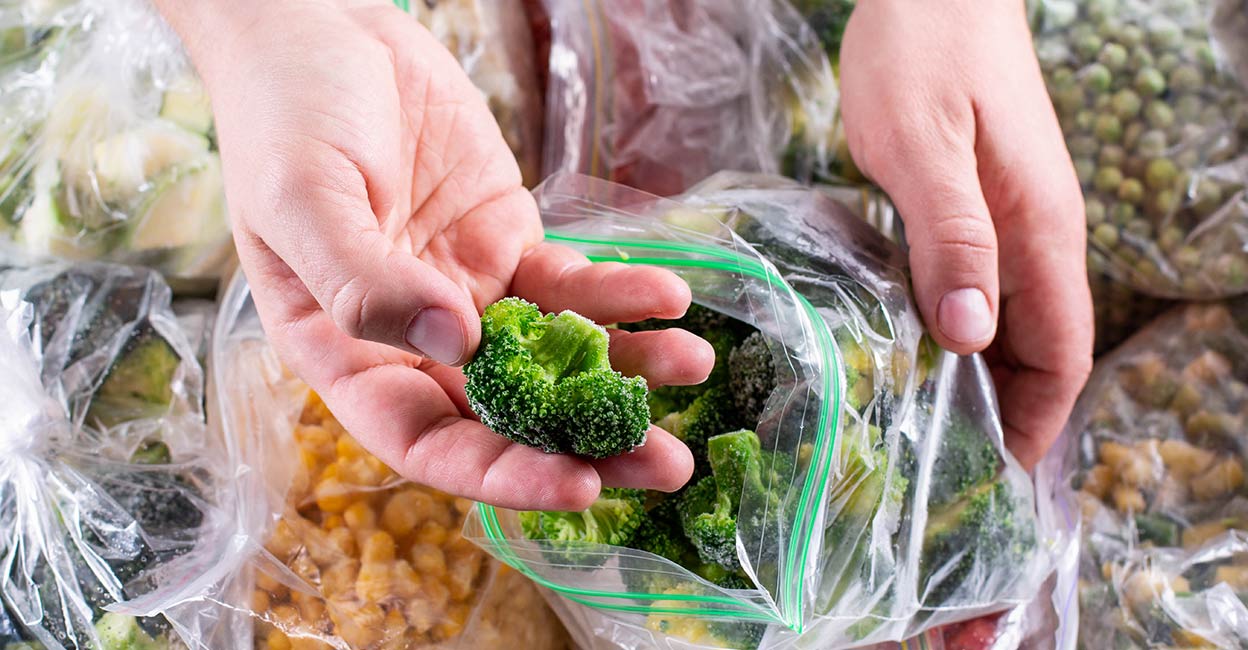
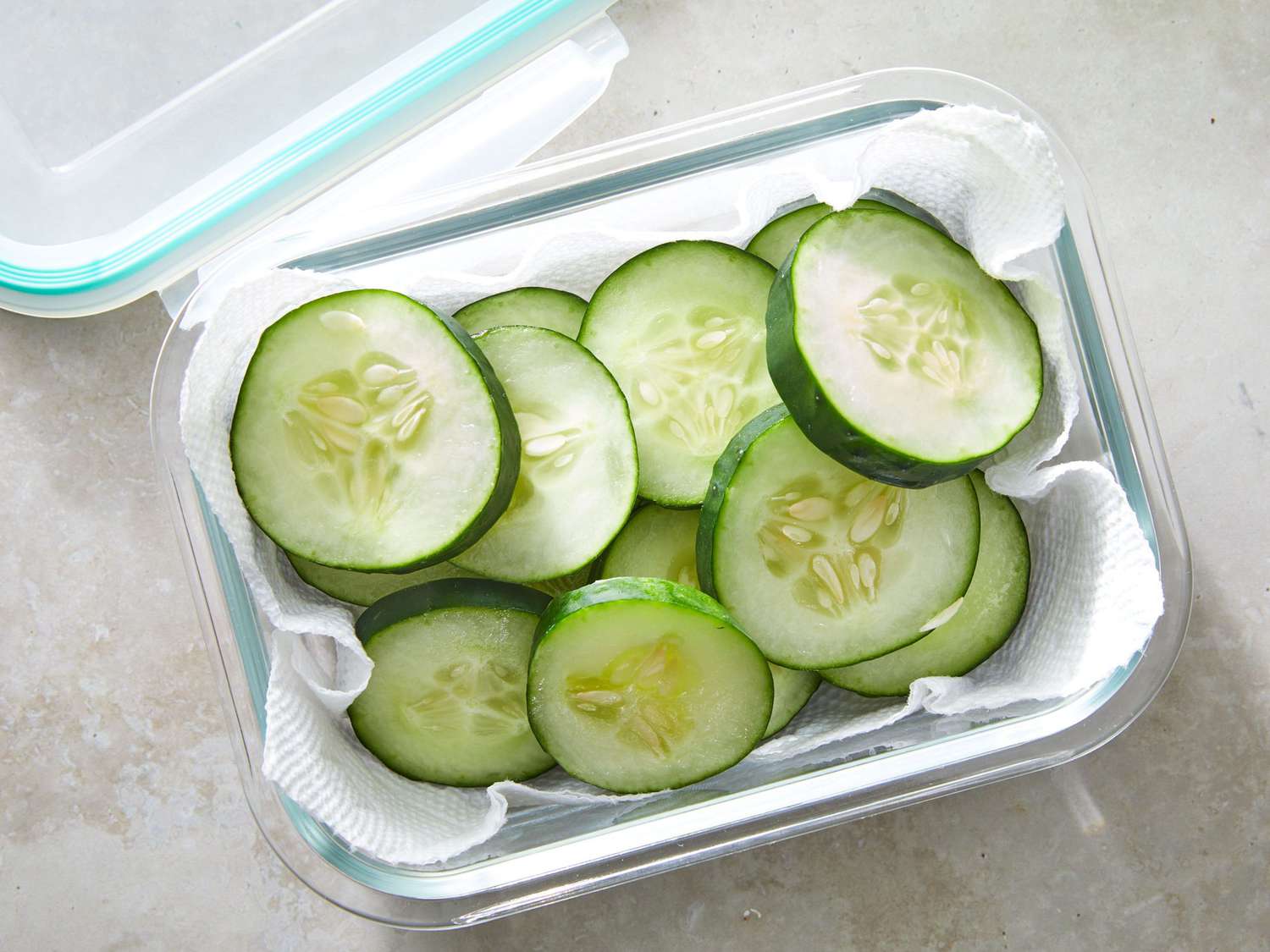
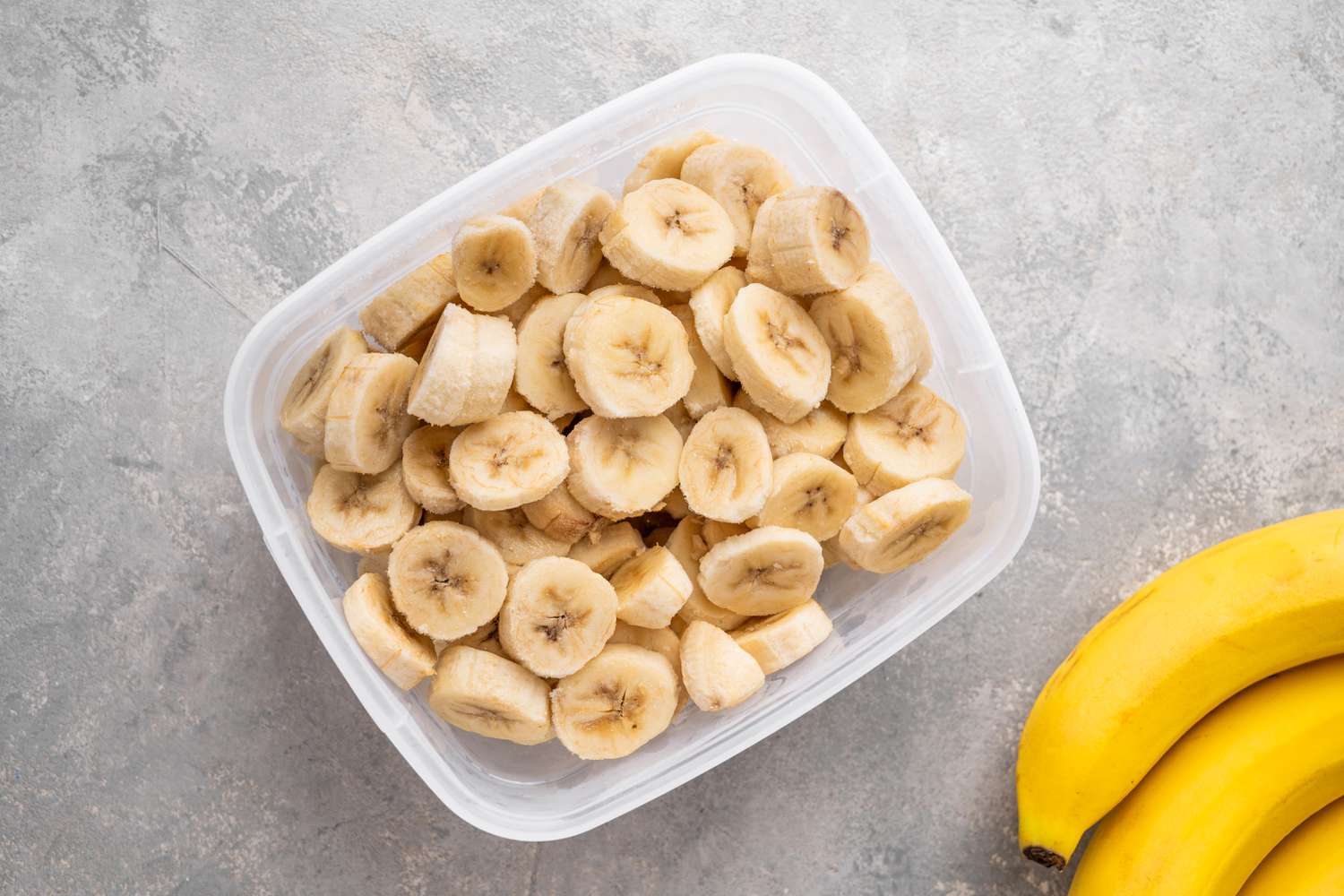
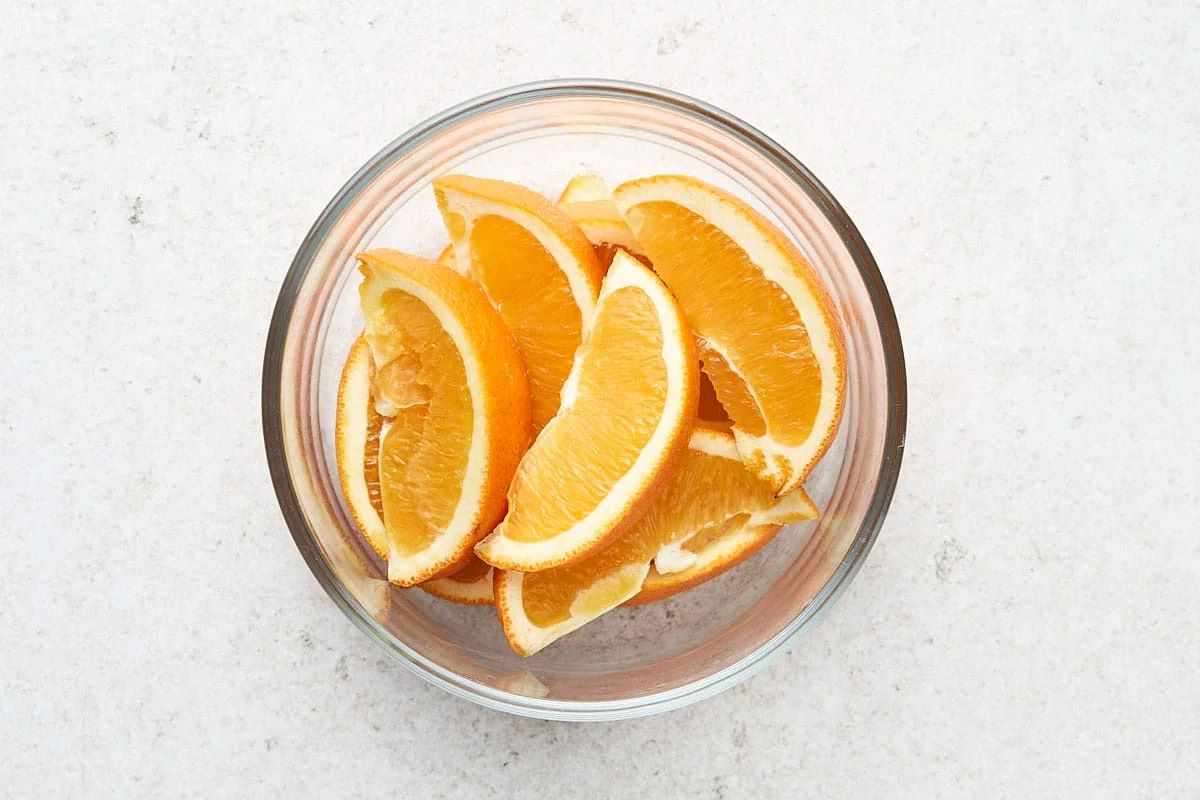
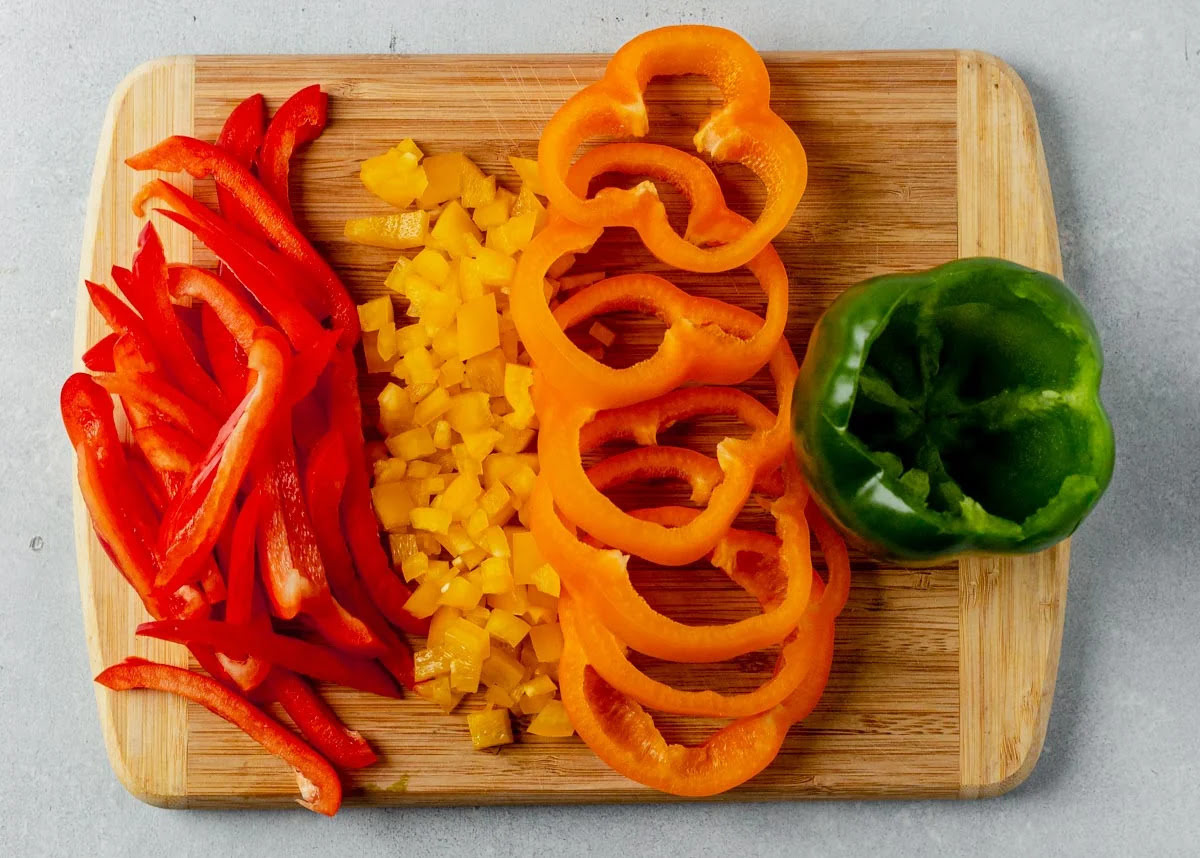
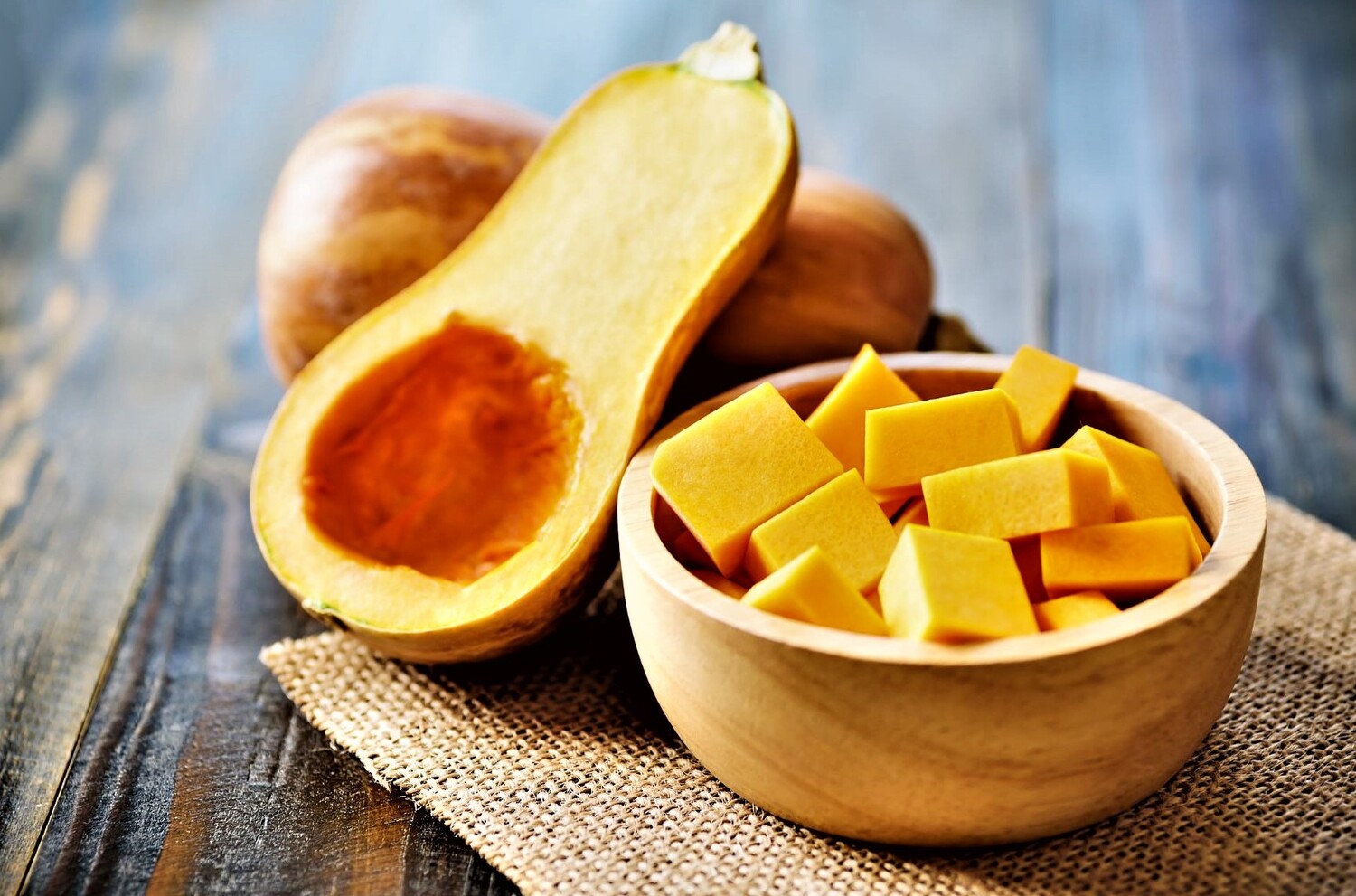
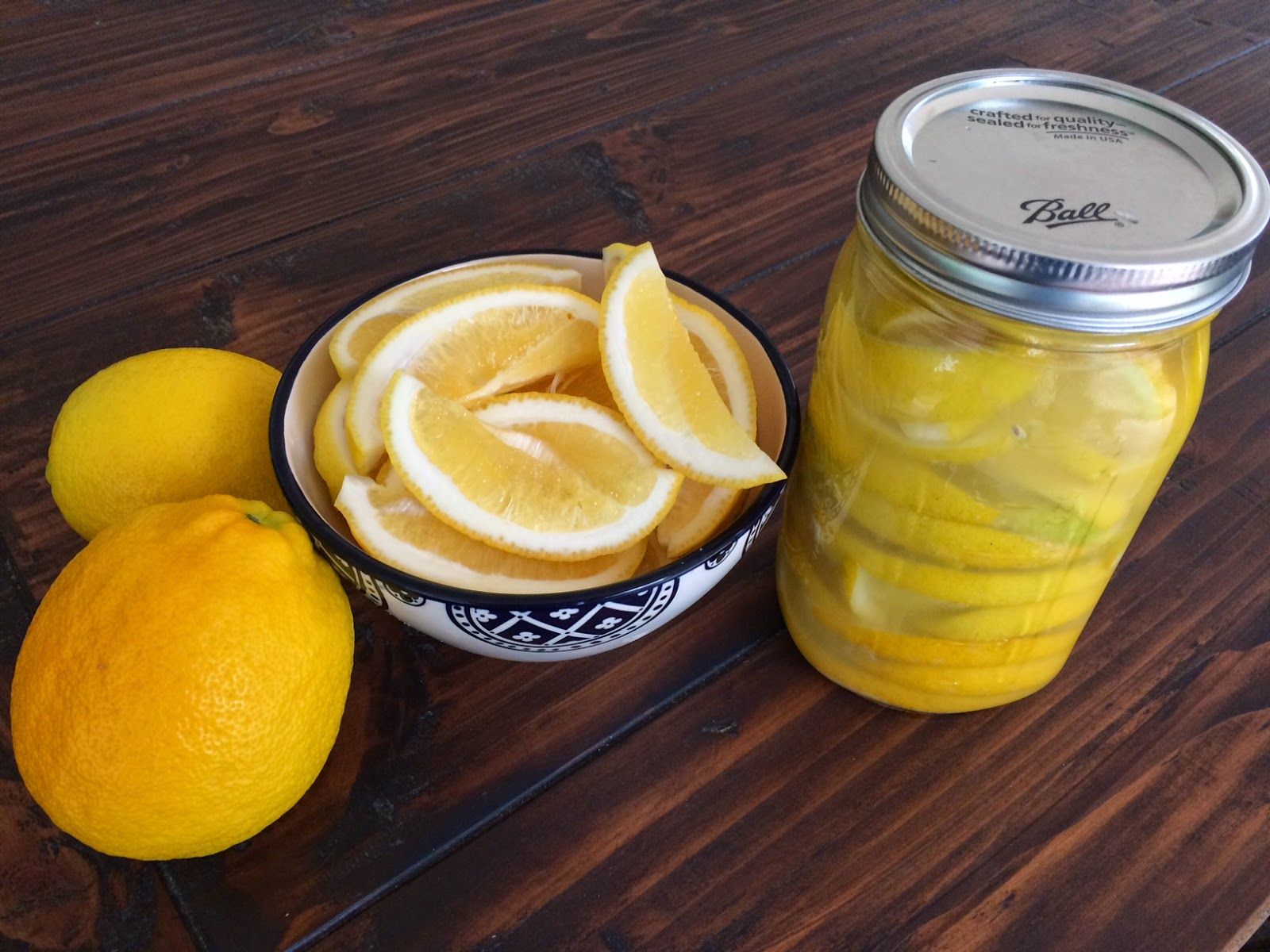
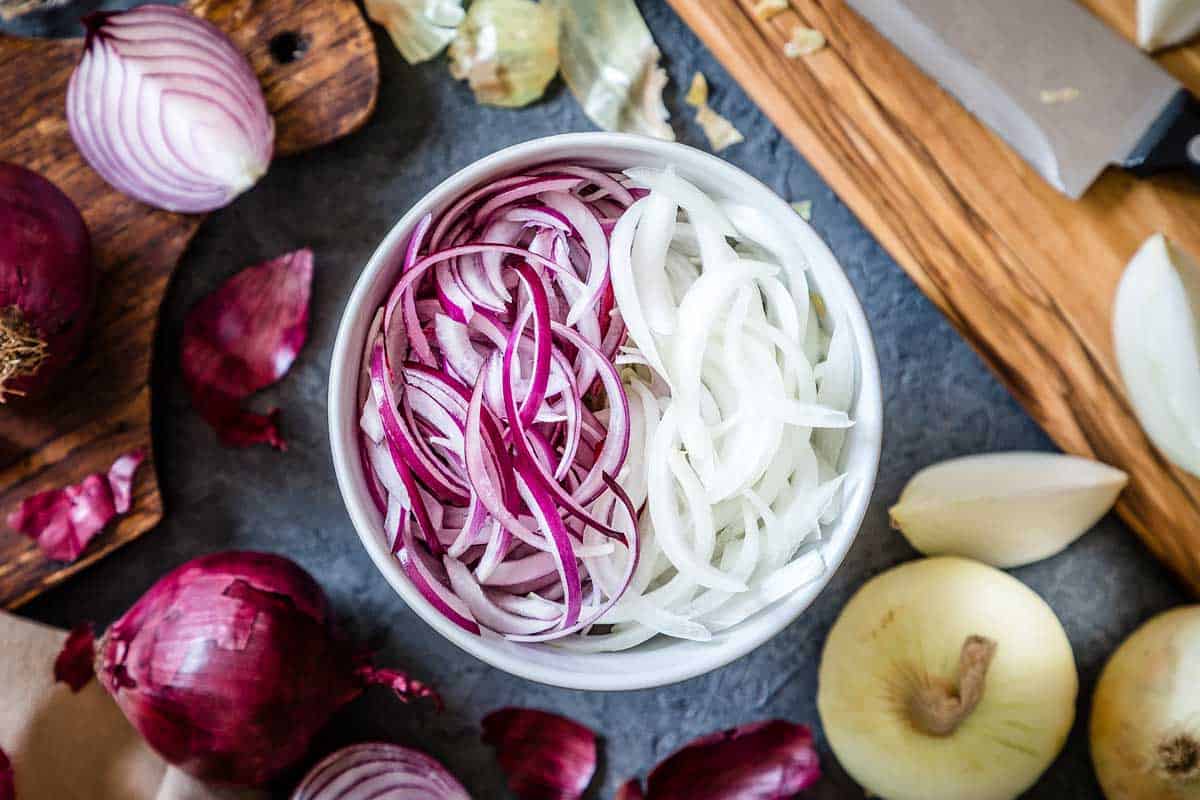
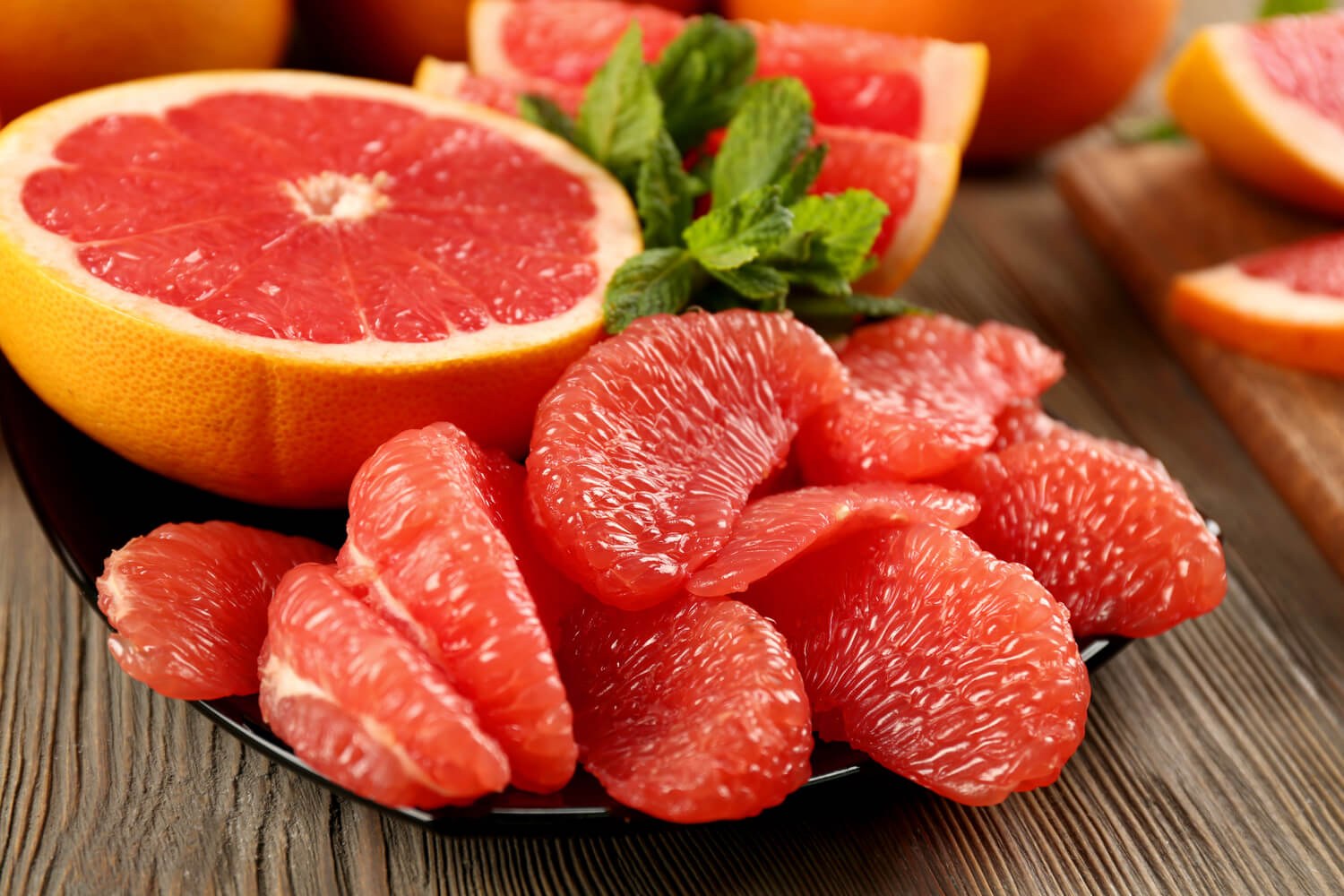
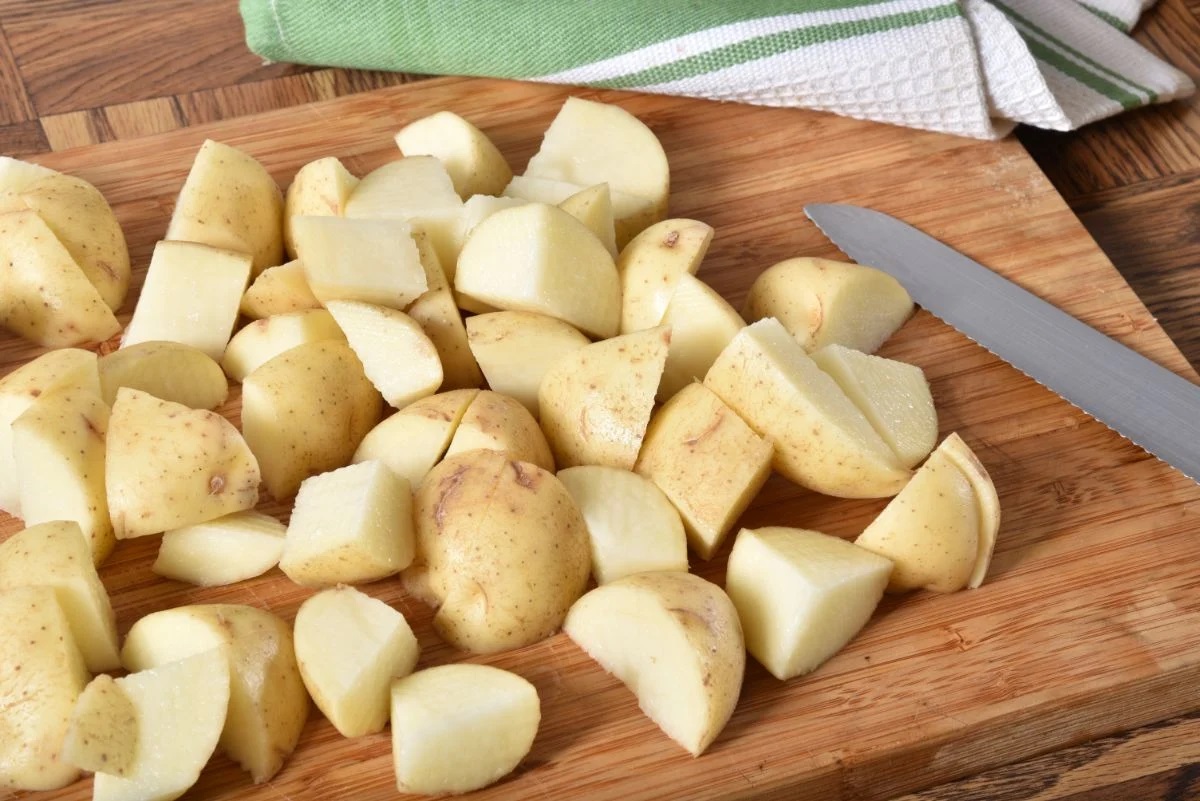
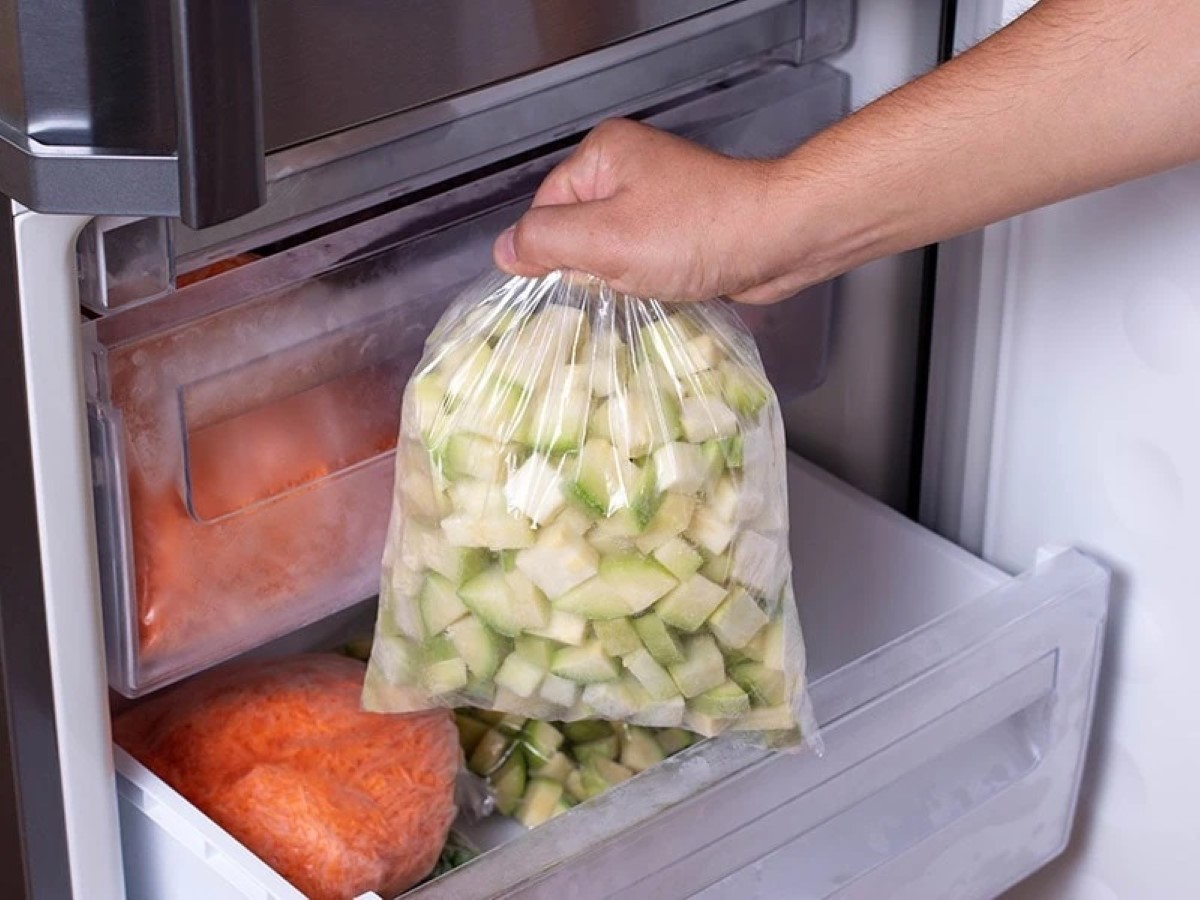
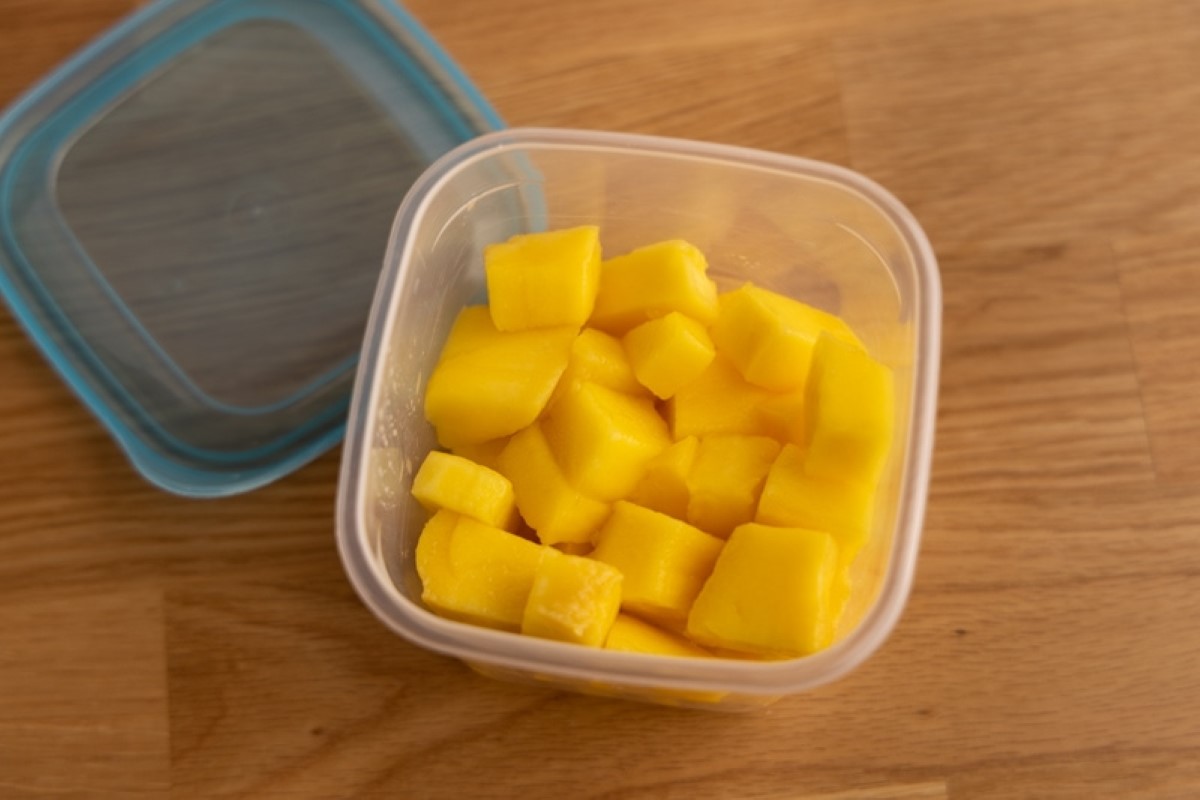

0 thoughts on “How To Store Cut Vegetables”